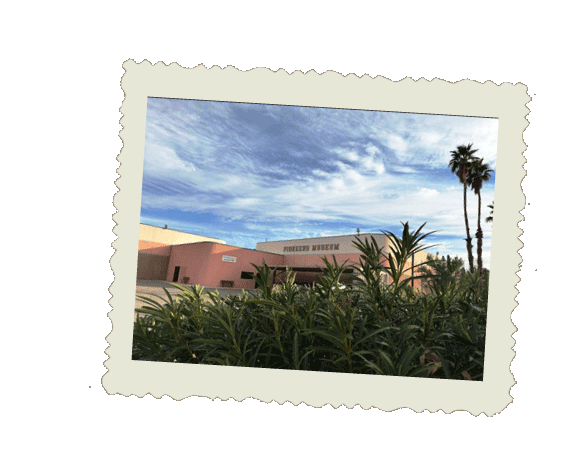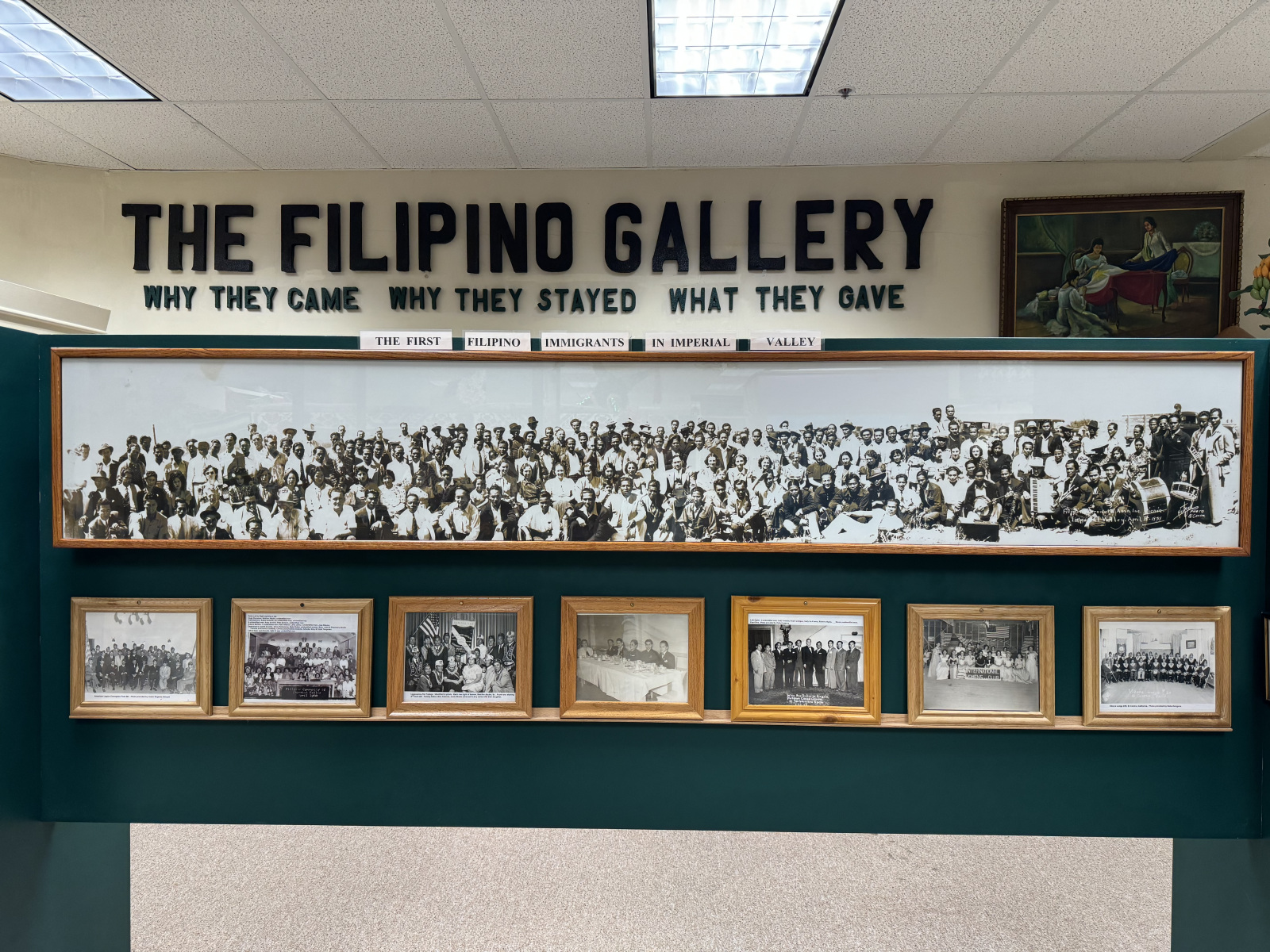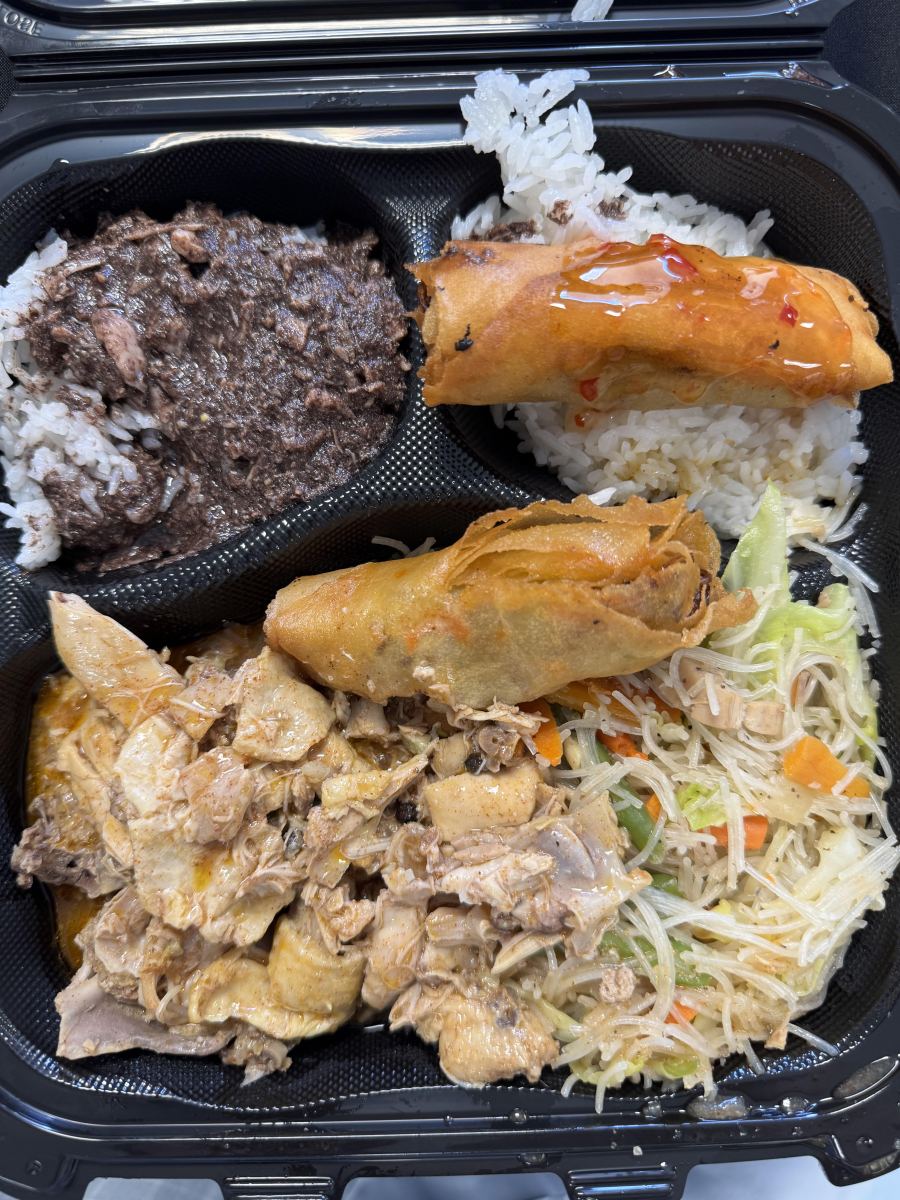Welcome to the the Filipino Gallery at the Pioneers’ Museum!
There are many exciting things taking place with the Filipino Gallery. Volunteers have digitized hundreds of photos and documents and are preparing for an oral history project and update of the gallery. If you are interested in volunteering for the Filipino Gallery click here. If you would like to make a monetary donation to the gallery click here.
The Filipino Gallery opened in 1994 and is celebrating 30 years this year. Here are a few photos from the opening of the Gallery:
Gallery Opening and dedication of the Filipino Gallery at the Pioneers' Museum
Thank you for your support at our first annual Filipino Food Fest Fundraiser!
The Filipino Gallery has many family histories on file, but our records may not include your family history. If you would like to contribute information about your family please contact the museum and fill out this form:
The following is a brief history of Filipinos in the Imperial Valley originally published in a booklet at the Pioneers Museum in the 1990s.
The Republic of the Philippines consists of more than 7,000 islands approximately 500 miles southeast of Asia. Filipinos identify with the region they come from and the language they speak. The three largest groups are the Visayans of the central islands, the Tagalogs who live on the island of Luzon, and the Illocanos who occupy the northwest provinces of Luzon. The Illocanos represent the majority of the first wave of Filipino immigrants arriving in the 1920s. The Philippines were under United States rule from 1898 to 1946.
The first Filipino immigrants in the Imperial Valley were lured by the success of a few Filipinos who had achieved financial security and education provided by the United States government. However, most of these young men came in search of work, not education. Known as the “Pinoys,” they served as migrant agricultural laborers.
These jobs were low paying and physically exhausting, but were better than anything available in their homeland. Filipinos were shocked by the discrimination and prejudice they were dealt. During the Great Depression many lost their jobs and because they were not U.S. citizens they were excluded from relief programs.
Japan’s attack on the Philippines during World War II motivated many of the Valley’s Filipinos to enlist in the Armed Forces. As soldiers many were granted citizenship; however, most Filipinos had to wait until 1946 for this privilege.
The second wave of immigrants arrived after the war. These were the wives, children and family members of the earlier immigrants, as well as young women of marriageable age. With the repeal of the anti-alien land law, many Filipinos purchased plots of land from the Southern Pacific Railroad and established themselves, primarily in Niland and Holtville areas. Here they were instrumental inestablishing the Imperial Valley as a major produce region, growing mainly tomatoes and squash. They formed cooperatives allowing individual farmers to combine produce to be shipped to the government.
Filipino farmers introduced “stringing of tomatoes” and during the harsh winter frosts this, along with bonfires set around the field’s perimeter, kept their crops from freezing.
The opening of trade relations with Mexico and the U.S. combined with several severe winter frosts proved devastating to Filipino farmers, especially for the Niland Farmer’s Cooperative, which had to close operations. However, a few Filipino growers remained solvent, including Johnny Gongora of Holtville and El Centro’s Alamo Farms.
Many stopped farming and returned to agricultural labor or other blue collar jobs and some established small business such as restaurants and markets. In 1959, the Filipino Community of Imperial Valley, Inc., erected the largest Filipino community center in the United States, located north of El Centro, which now houses Gordon’s Carpet.
Today’s Filipino community in the Imperial Valley is the outcome of the first and second wave of Filipinos who intermarried with those of both Hispanic and Caucasian origins. Few are engaged in farm enterprises, many are the nurses, doctors, teachers and other white collar workers you see everyday.






